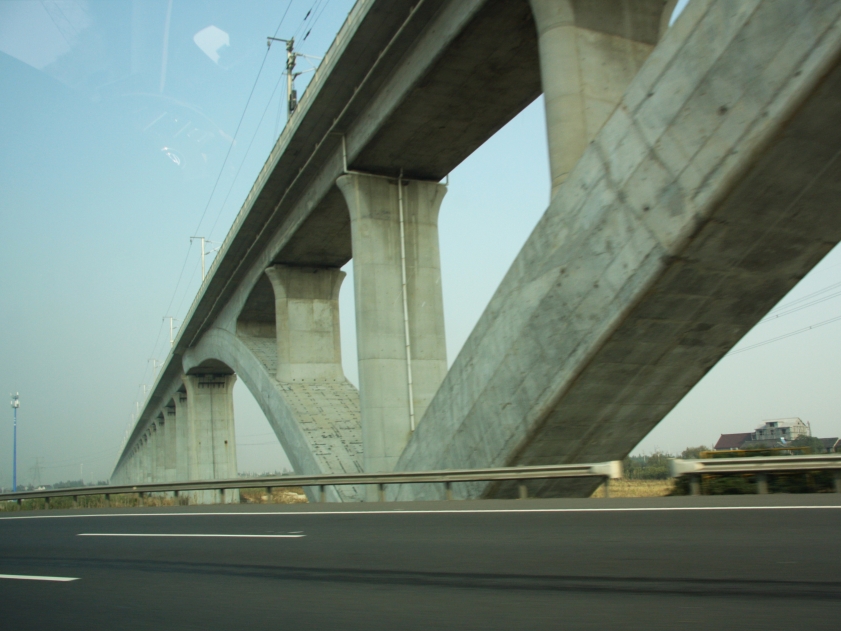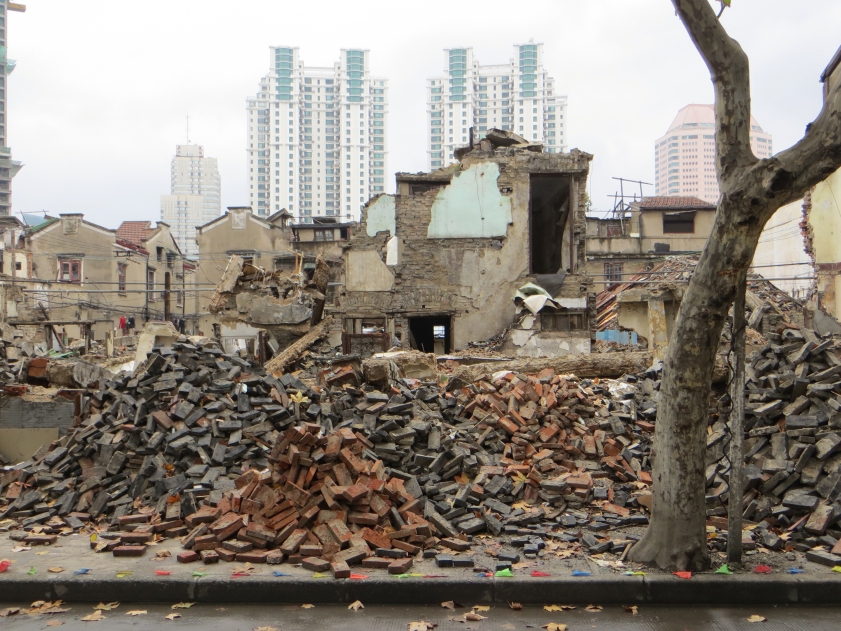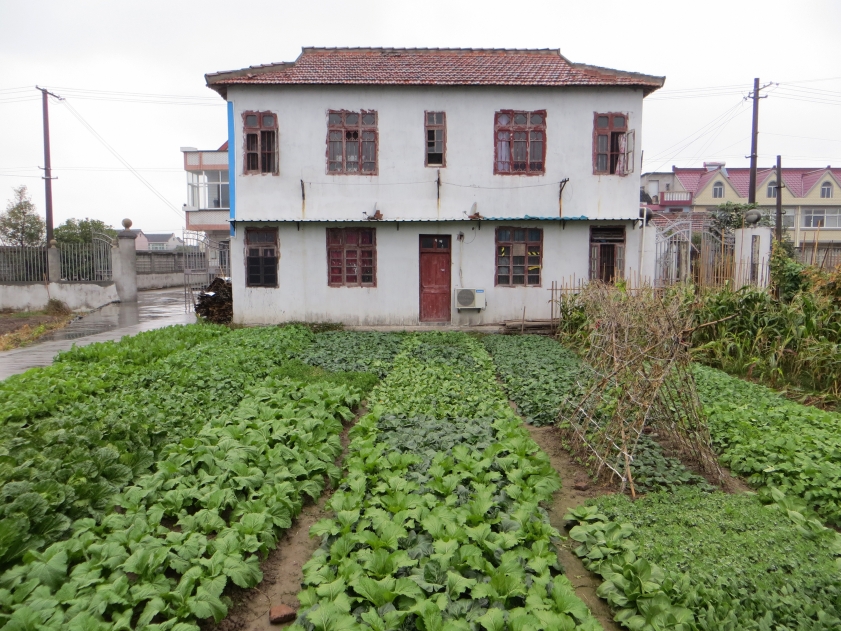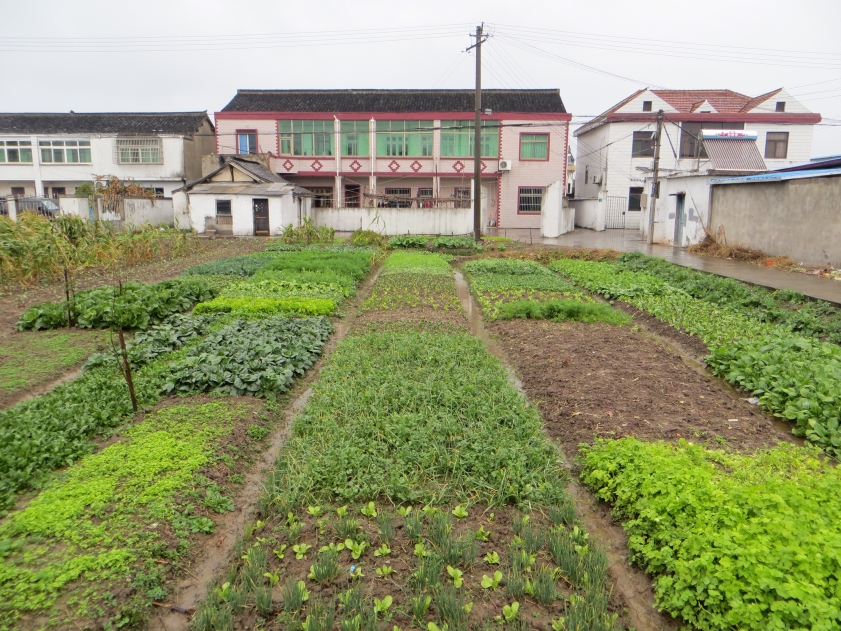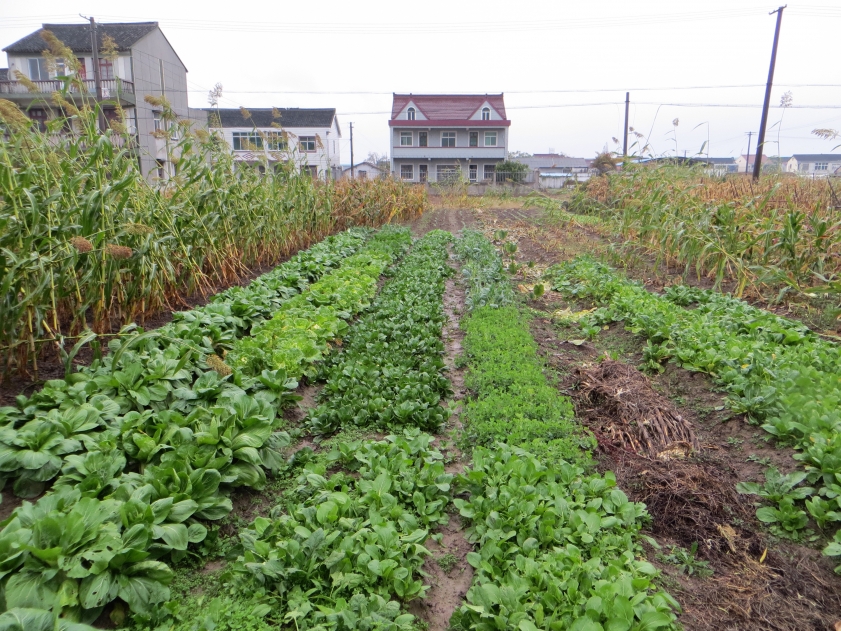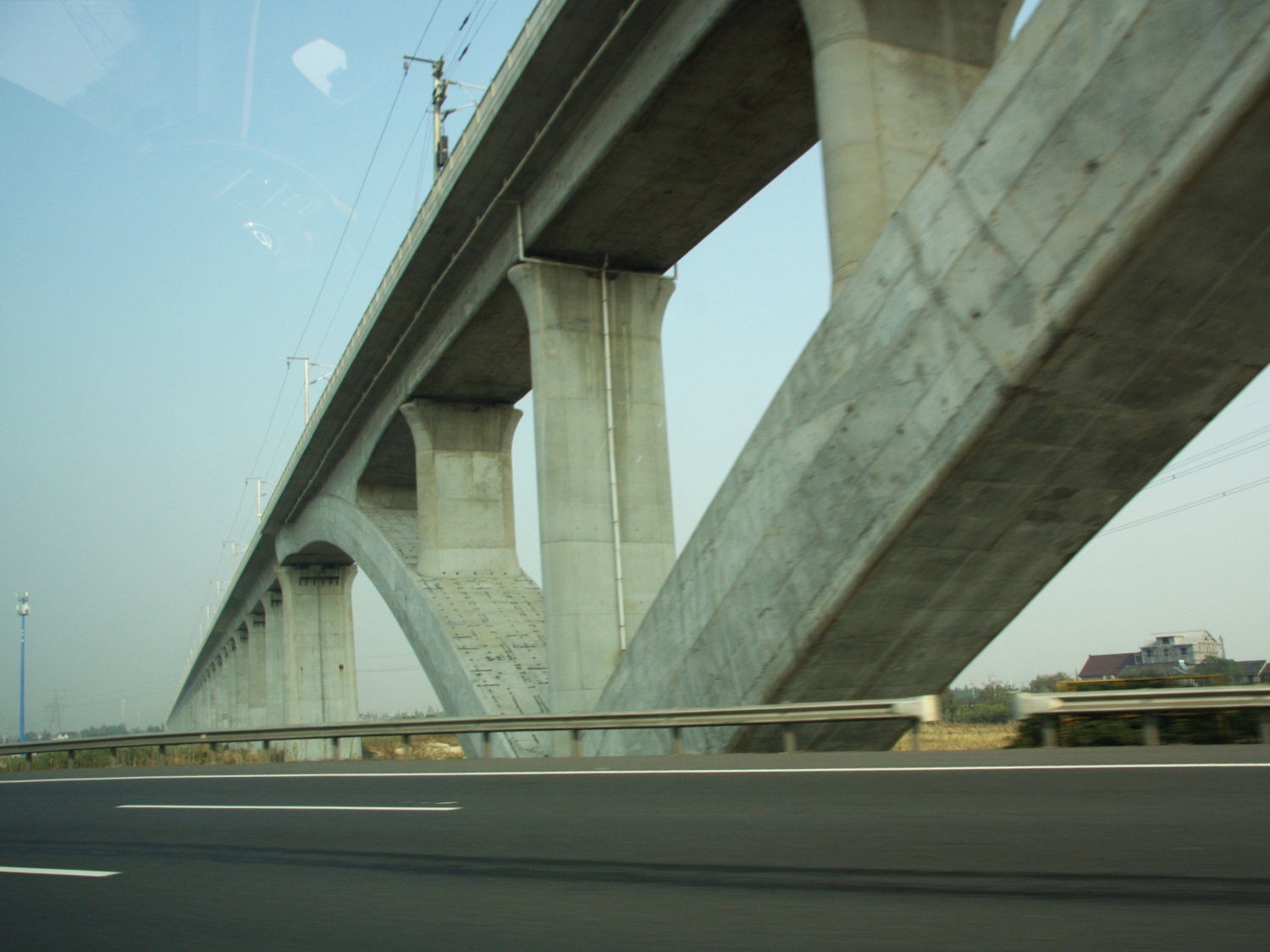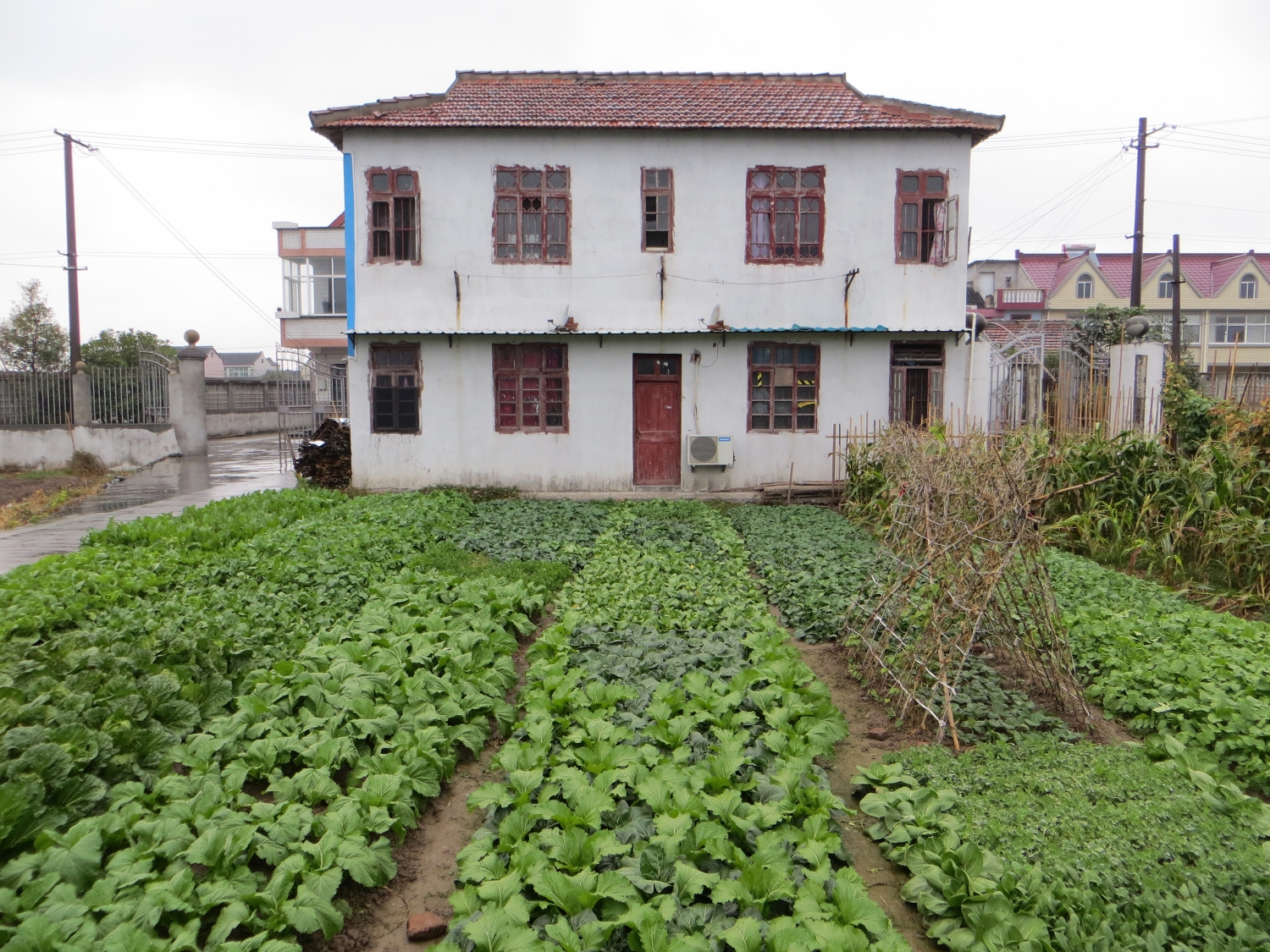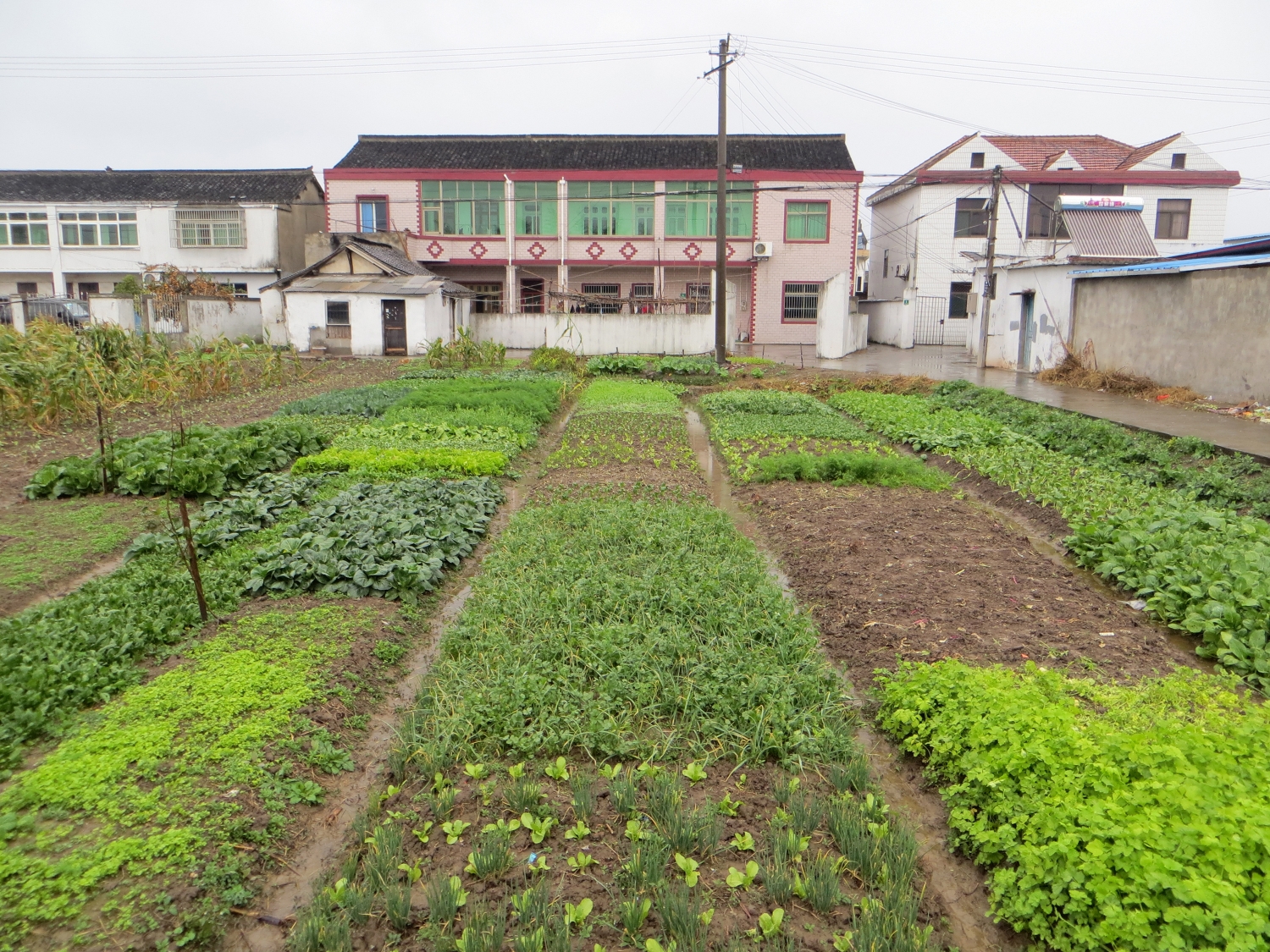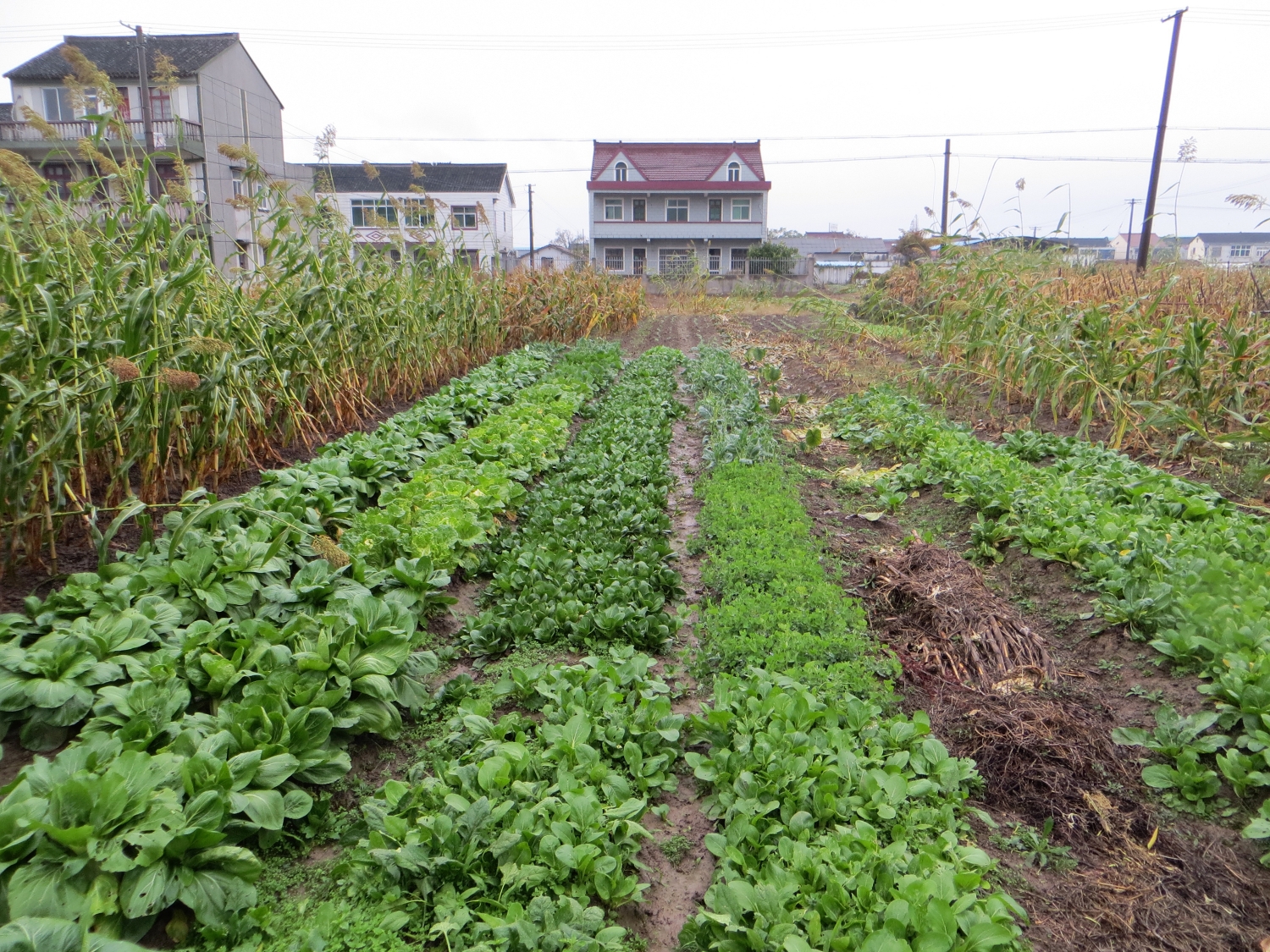Urban Resources at the Crossroads The acceleration in the mining of mineral resources over the last decades has been staggering. Between 1984 and 2011 the world production of mineral raw materials (iron, ferro-alloy and non-ferrous metals, industrial minerals and mineral fuels) has risen from 9.4 billion to 16.6 billion metric tons, representing an aggregate growth rate of 77 percent. In 2008, total global resource extraction – metal ores, fossil fuels, industrial and construction minerals and bio mass combined – amounted to 68 billion tons. It is important to understand the parallel trend of increasing global urbanisation as not merely mirroring this development but as a key driving force behind global resource extraction and consumption. Indeed, the most pronounced increase in resource extraction has been in the area of construction minerals. While this is the least well documented area of resource exploitation and data is sometimes patchy and varied, calculations indicate a growth of up to 135 percent over the last 30 years.
How the indispensable growth paradigm of the capitalist economic system is kept afloat by a relentless process of urbanisation has come to be epitomised not least by the rapid transformation of Chinese society and the country’s built environment, not only in the prosperous cities of eastern China, but also in its inland provinces. In 20 years, the degree of urbanisation has almost doubled from around 26 percent to more than 51 percent. This is still significantly below that of other industrialised countries, but the rapidity of growth and the insatiable demand for steel, cement and other construction minerals are making China’s urbanisation a unique challenge for local and translocal ecologies. Today, the number of urban residents in China stands at 679 million people – nearly a fifth of the world’s urban population – and is expected to hit the one billion mark by 2030.
There is nothing to indicate that this trend will slow down any time soon. There are also no plans to introduce changes to the economic circuits of production connected to urbanisation. On the contrary, this pattern is predicted to continue: it is estimated that a further 400 million farmers will leave their villages and settle permanently in urban areas offering non-agricultural jobs. As a result, it is expected that the number of Chinese cities with more than 1 million inhabitants—currently around 100—will more than double over the next 10 years alone. This urban explosion will require the construction of hundreds of thousands of tower blocks to house new arrivals as well as a vast infrastructural building programme. Again, the workings of this economic model are expressed in a growing demand for mineral resources. Chinese per capita demand for cement is now the highest in the world, amounting to almost 60 percent of total global cement consumption.
While the stress this acceleration of urbanisation puts on global ecologies in terms of resource demands is apparent in the consumption of resources during the construction of cities as well as in their reliance on a continuous supply of further resources to provide for their populations, cities also tend to obscure a significant aspect of their environmental impact since they are commonly perceived as stable structures. In contrast to other fields of economic activity in which consumed resources are often released very quickly into the environment, with the result that their contaminating effect has slowly come to be recognised, cities hold back the outcomes of their resource implementation. Taking a much more long-term perspective on the life-cycle of resources, one of the key questions we have to ask is how all these shiny new cityscapes currently springing up in China, and around the world, can be recycled one day. Already we are seeing the excesses of speculative urbanism leaving behind acres of crumbling, uninhabited concrete monuments. Indeed, it seems that the urban boom not only consumes vast amounts of land and resources in the process of construction but might in fact use up even more in the moment of dissolution.
However, while the explosion of urbanisation and the mushrooming of mega-cities may be a prime cause of extensive mineral resource exploitation, these cities could also constitute a site of change. Pioneering urbanist Jane Jacobs famously argued that it is cities that are at the heart of changing attitudes towards the relationship between nature and humanity because they provide an arena for new inventions.1 She reasoned that rural land use is not a separate line of descent but part of urban development and the land management issues associated with it. Just as it is in cities that decisions are made on resource exploitation, techniques and policies, it is cities that provide the framework for the inventions that can beneficially alter our relationship with the natural environment.
Central to the question of how the world will go about regulating its resource budget are thus considerations about how we continue to develop the urban realm. In other words, any changes in resource politics depend on changes in urbanism, on the design and production of our urban environment as well as on the procedures and protocols put in place to sustain these environments as hubs of creativity and communality. This extends not only to basic resources used in the construction of cities such as brick clays, sand, gravel and crushed natural stone, but also to key elements of the services that keep the urban organism running, such as food and water. What happens to entire landscapes full of resource deposits is thus directly dependent on the rhythms of urban demands and politics.
This is particularly evident in the case of food supplies, due to the paradoxical nature of urban consumption: Expanding cities constantly consume rural land while producing increased demand for such land to keep their populations alive. It is no wonder then that the nexus of urban construction, its underlying demographic and spatio-economic logics, and its agri-cultural scope of action have taken centre stage in current contestations regarding how best to organize ourselves in socio-economic terms.
Searching for a more ecological approach to urban life in the Guattarian sense (one that pertains to the inextricable connections between human subjectivity, the environment, and social relations) thus not only entails a rethinking of ‘urban dynamics’ in a narrow sense – of the ways in which cities are organised and constructed – but a reconceptualisation of how they stand in relation to their surroundings, the network formed by other cities and all areas around and between them.
Jane Jacobs has already put forward this argument as part of her attempt to reorient our perspective away from the assumption that cities have descended from rural spheres and towards a clearer understanding of the ways in which rural life is in fact shaped by urban development. In the prologue to The Economy of Cities Jacobs challenges the dogma of agricultural supremacy, insisting that cities preceded the development of rural agriculture: “[…] it was the fact of sustained interdependent, creative city economies that made possible new kinds of work, agriculture among them.”2
A key feature of urban growth over the last five decades has been its contiguity with the increasing prevalence of urban informality. In many cases, informality provides vital lifelines for keeping patterns of expansion on track, either through the direct supply of cheap services, materials and labour, or through opening up avenues to resource exploitation to such a degree that the underlying paradigm of growth and profit is kept afloat. But informality is also often seen as a threat to the urban system, as a chronic disease that will dissolve the urban order from within. There is an often almost paranoid belief that no matter how much ecological stability informal urbanisation can create in its wake, it will always remain inferior to the formal city.
The question I want to raise is how the unwanted realm of informality could indeed constitute a force that dissolves the prevailing form of urbanism from within, a process that, rather than negating urban life as such, can produce a new model of the city – a truly creative hub – one that reproduces a multi-facetted landscape of self-empowered urban resource circulation rather than the top-down instrumentalisation of resources in a system of profit-oriented consumption. Returning to the notion that cities are at the heart of the resource economy as well as key sources of change, it seems that we are seeing a rhizomatic emergence of new informal urban agricultures that accord social and cultural nourishment an importance equal to that placed on harvests and yields. In Detroit, a city badly hurt by the ignorance of an abstract economy, resistant communities are making entire burned down streets arable again. In Johannesburg, a network of urban gardens is providing food security for and cultivating the diverse knowledge of immigrant communities. In China, these new formations are developing around so-called urban villages, former rural settlements that have become engulfed by urban sprawl and are fostering a range of informal adaptations to the new metropolitan form of socio-spatial organisation. The juxtaposition of neatly cared for rows of vegetables and endless duplications of high-rises seems to represent a crossroads in thinking about sustainable futures. But the question is: Are these instances the last flickers of a disappearing world order or the burgeoning buds of a new urban ecology?
1 Jacobs, Jane (1970 [1969]) The Economy of Cities. New York: Vintage Books/Random House.
2 Ibid., p. 36.


